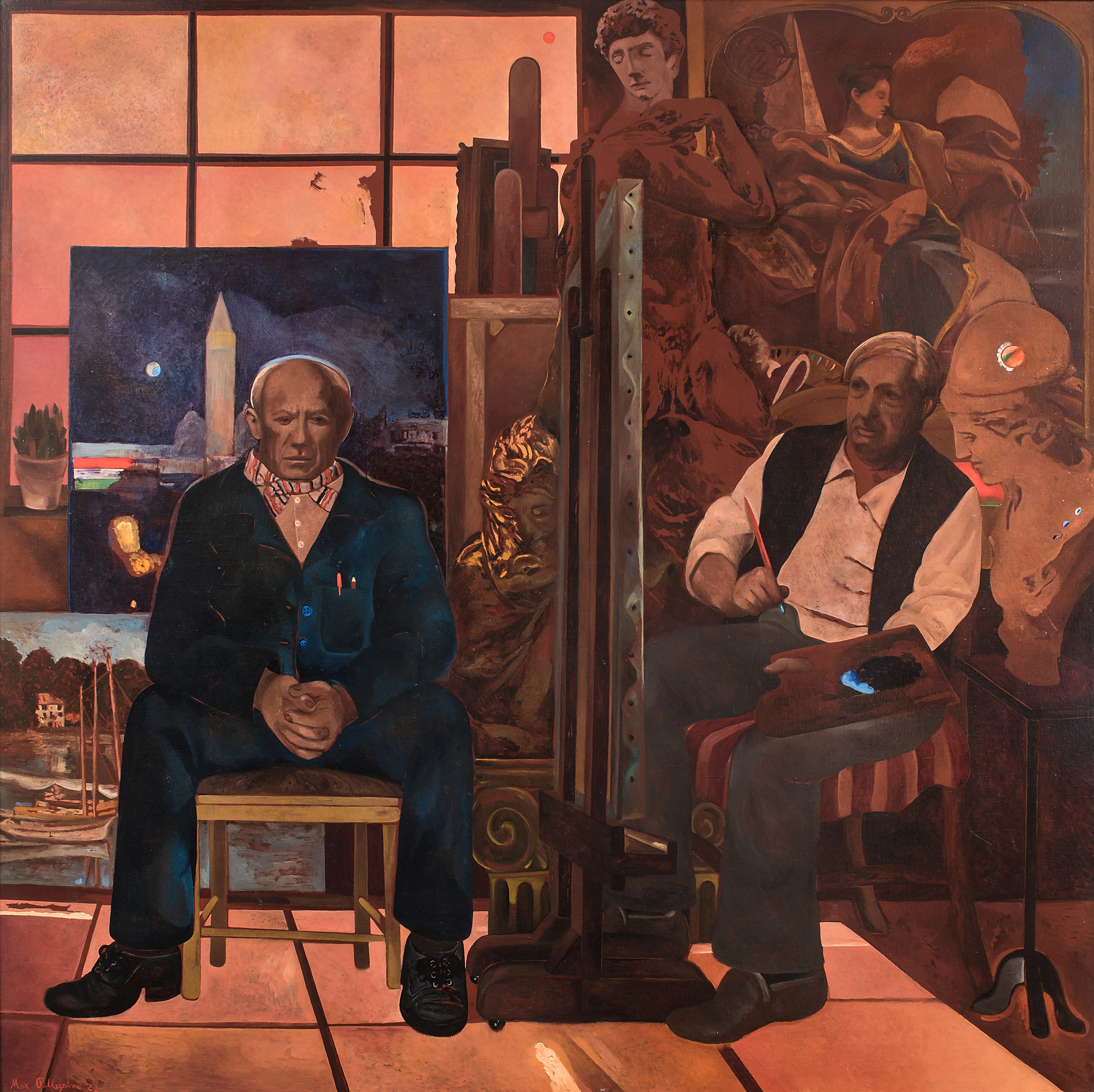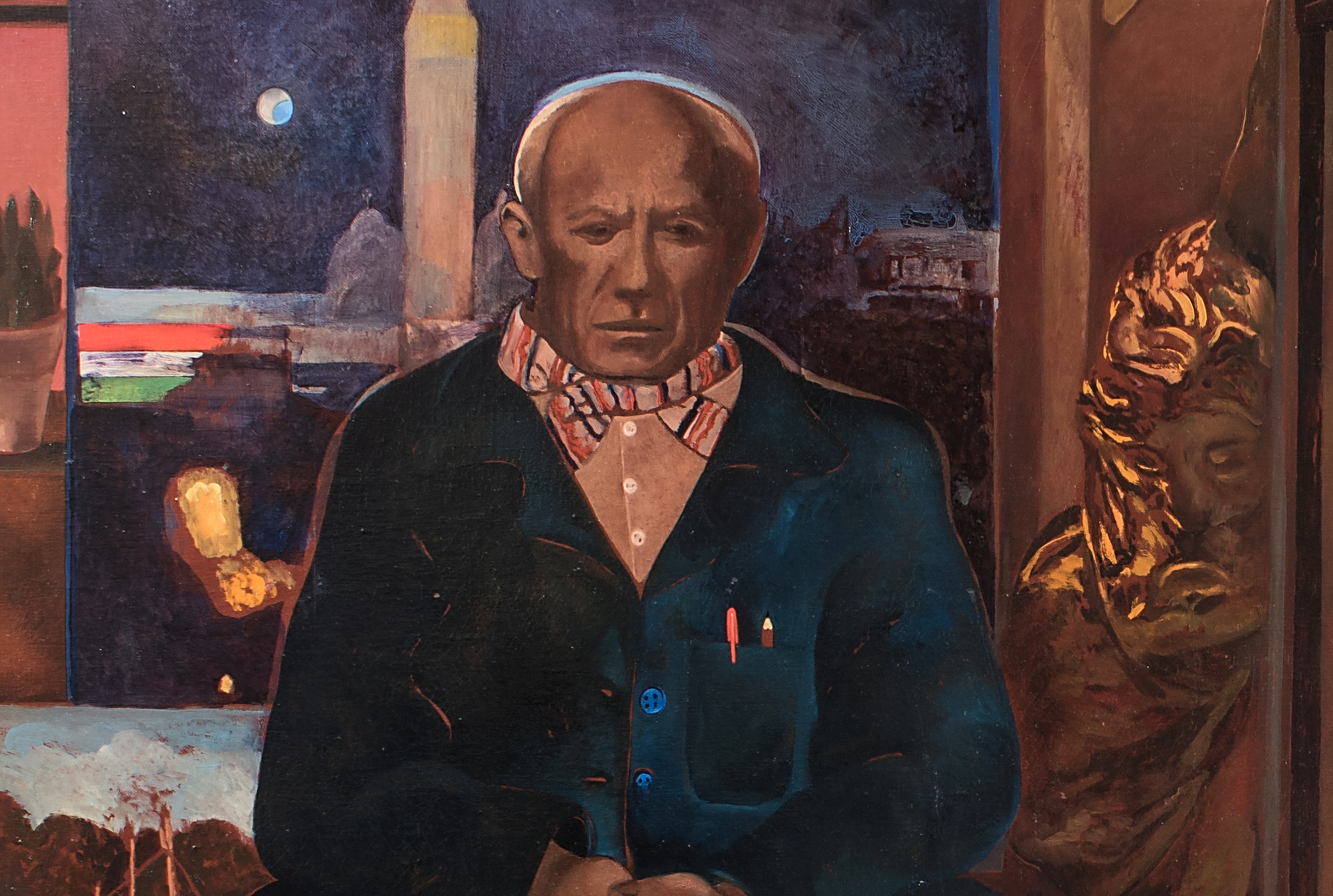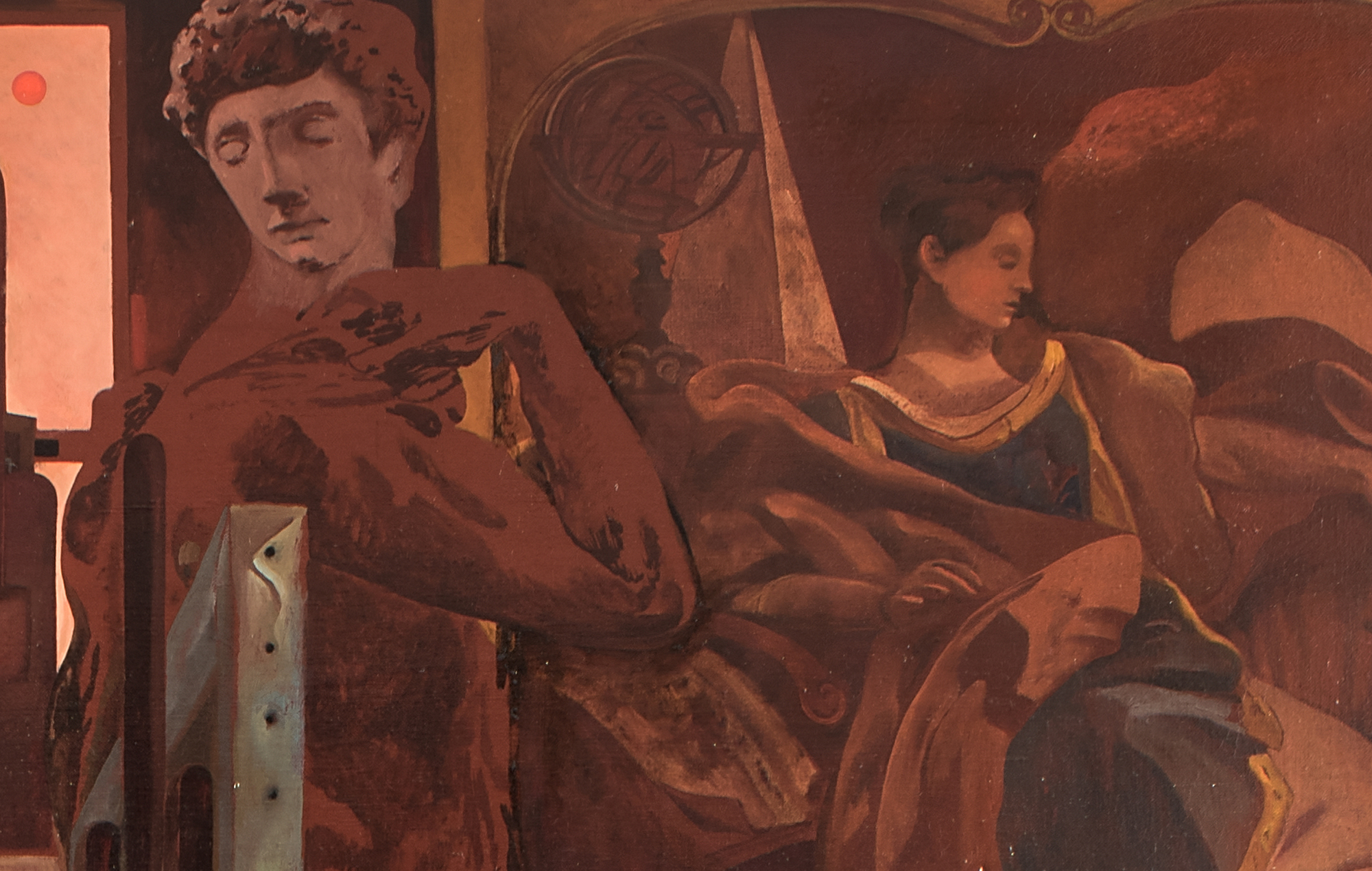ماكس بيليغريني (ب. 1945)



64,000
"نعم ، السخرية هي واحده من عناصر اللوحة بلدي. انا يسخر من ومخاوفي العصبية والرهاب وانا تحويل الوضع مع السخرية ان لم يكن في بعض الأحيان تفاصيل فرحان. انا وضعت قطه ، علي سبيل المثال ، مع عيون فسفورية في مشهد المغص ، أو في موضوع كرنفال انا مزيج الموت ، والسخرية والمزاح ". (أنطونيو موندا ، "مقابله مع ماكس Pellegrini ،" في ماكس Pellegrini ، اد. دانيلو ايتشر ، 2014


